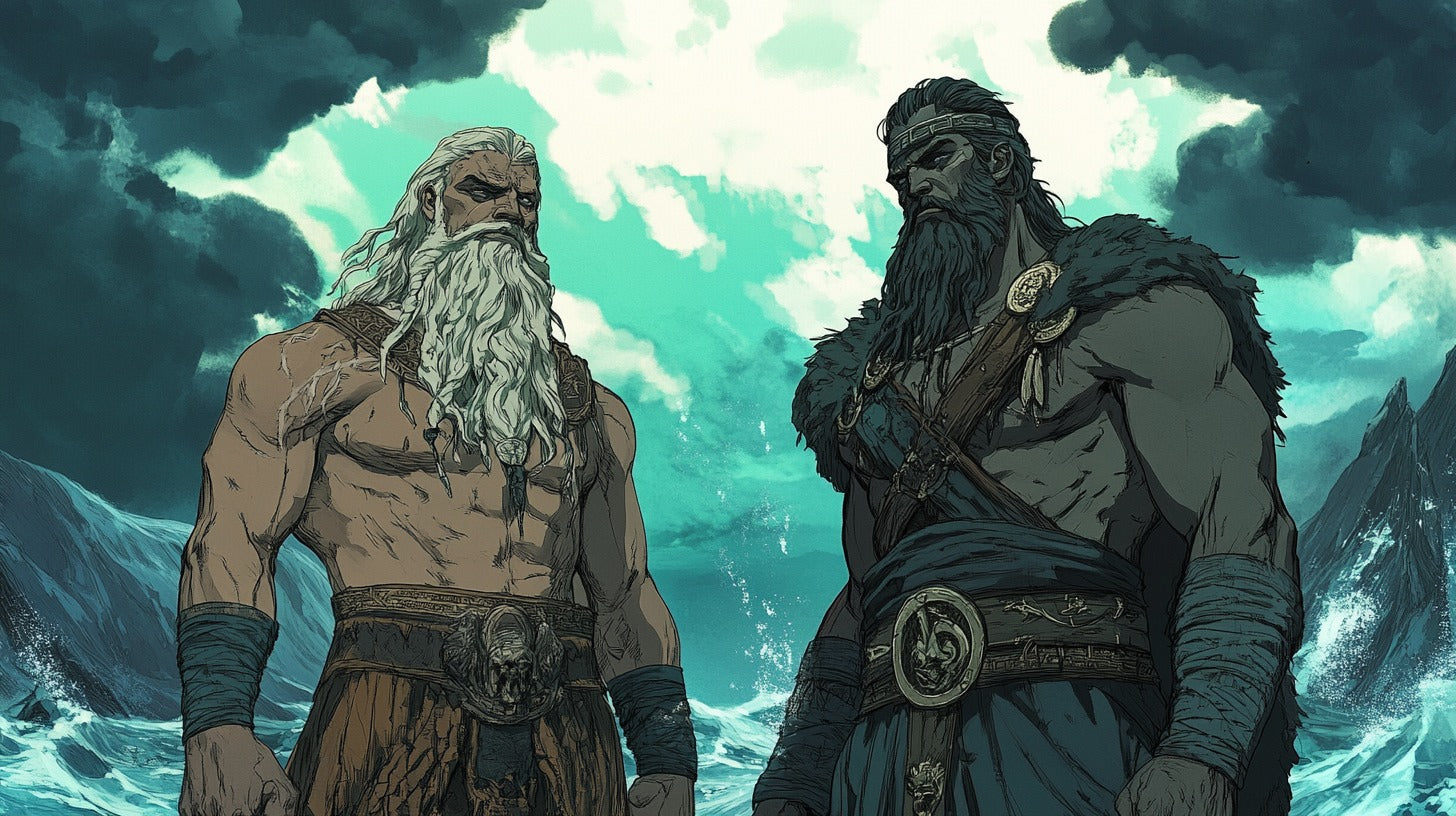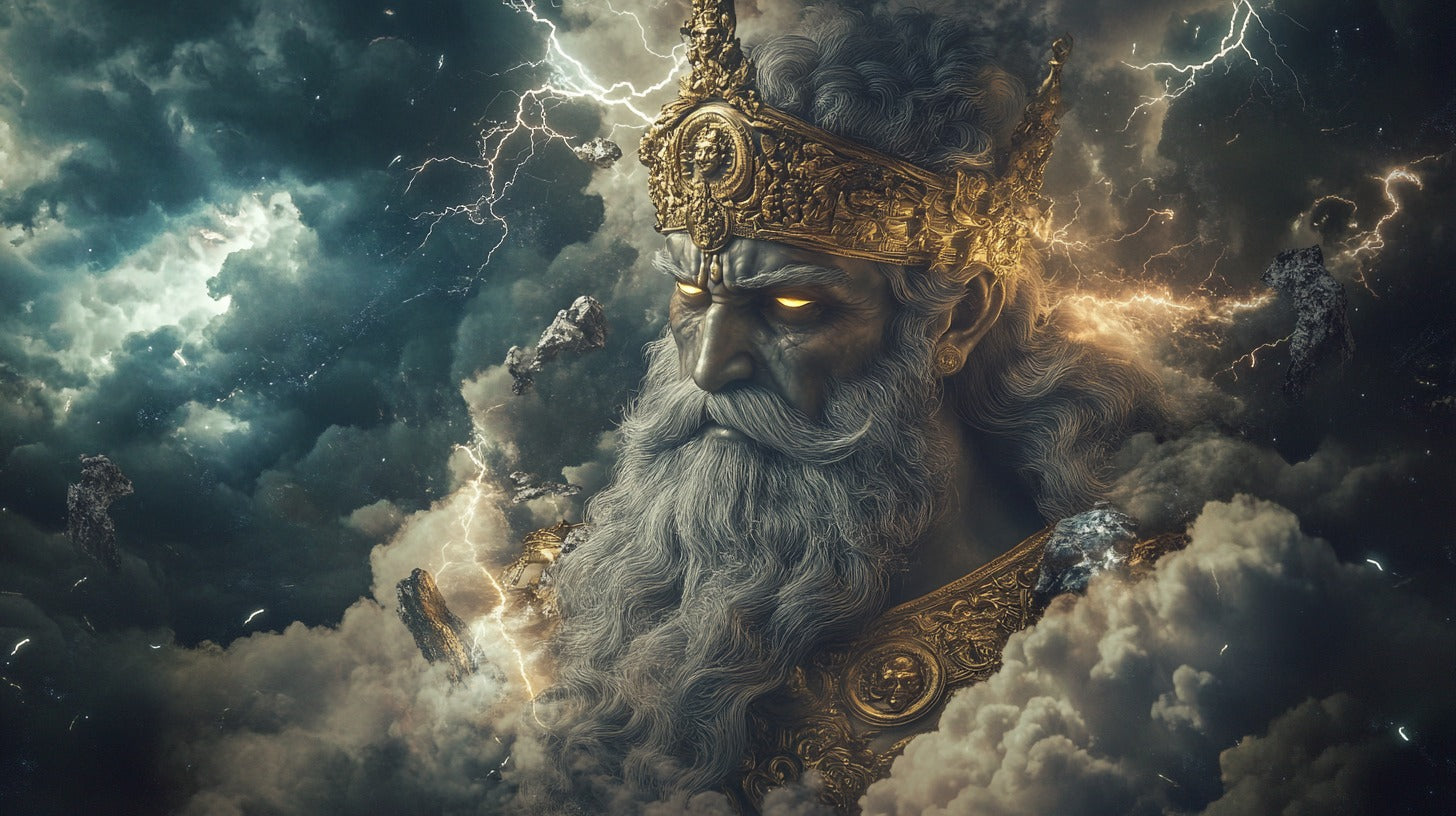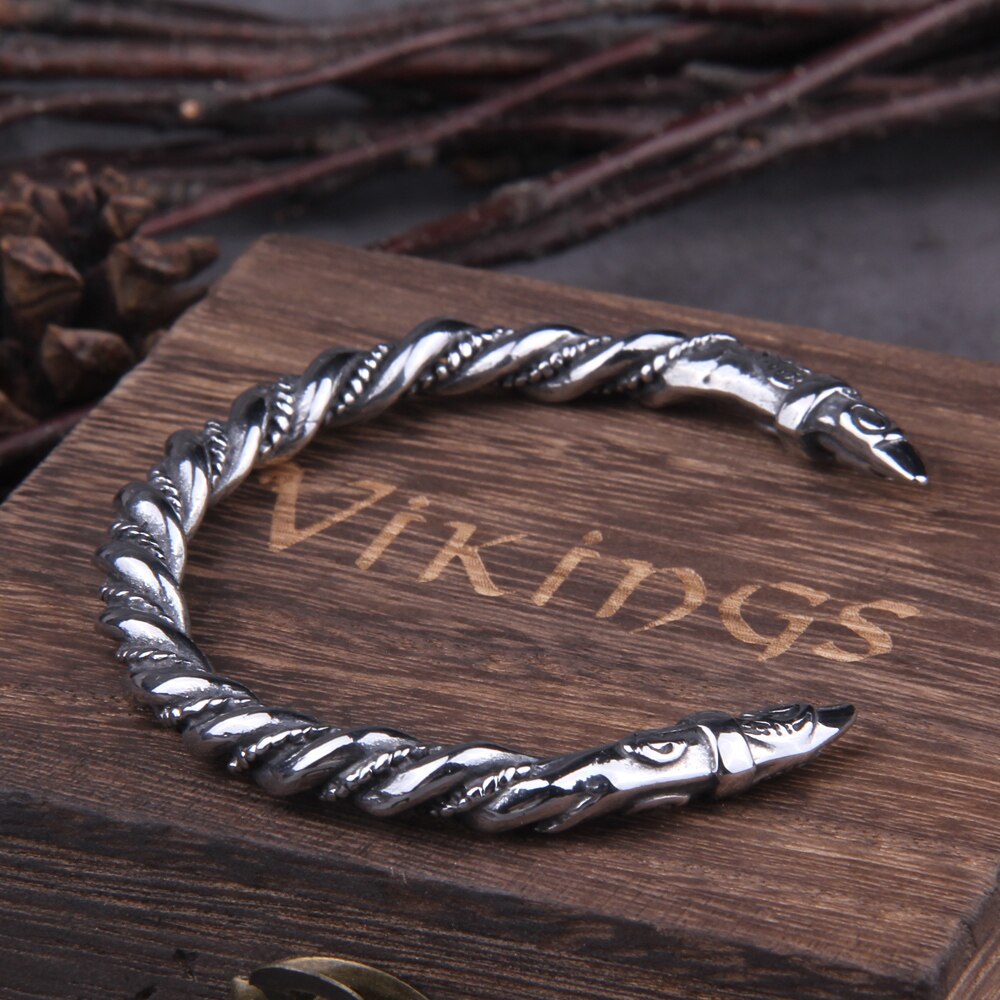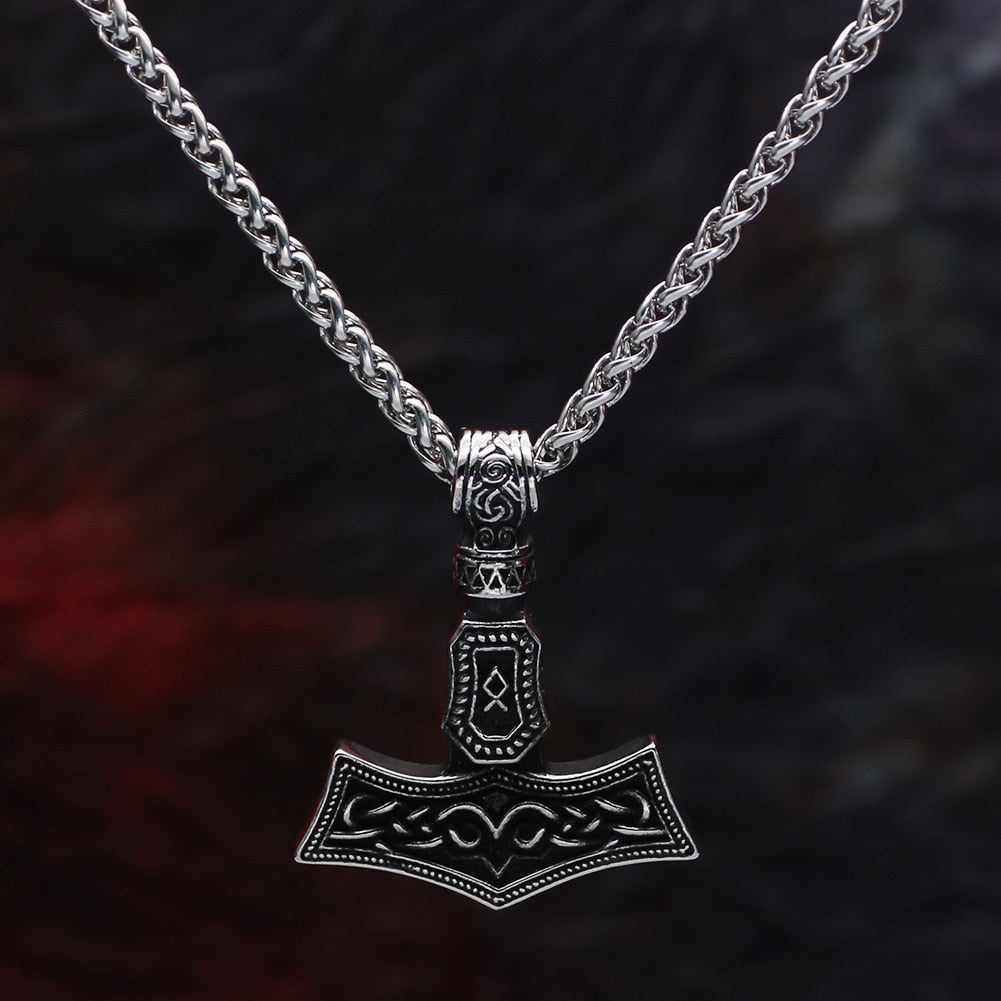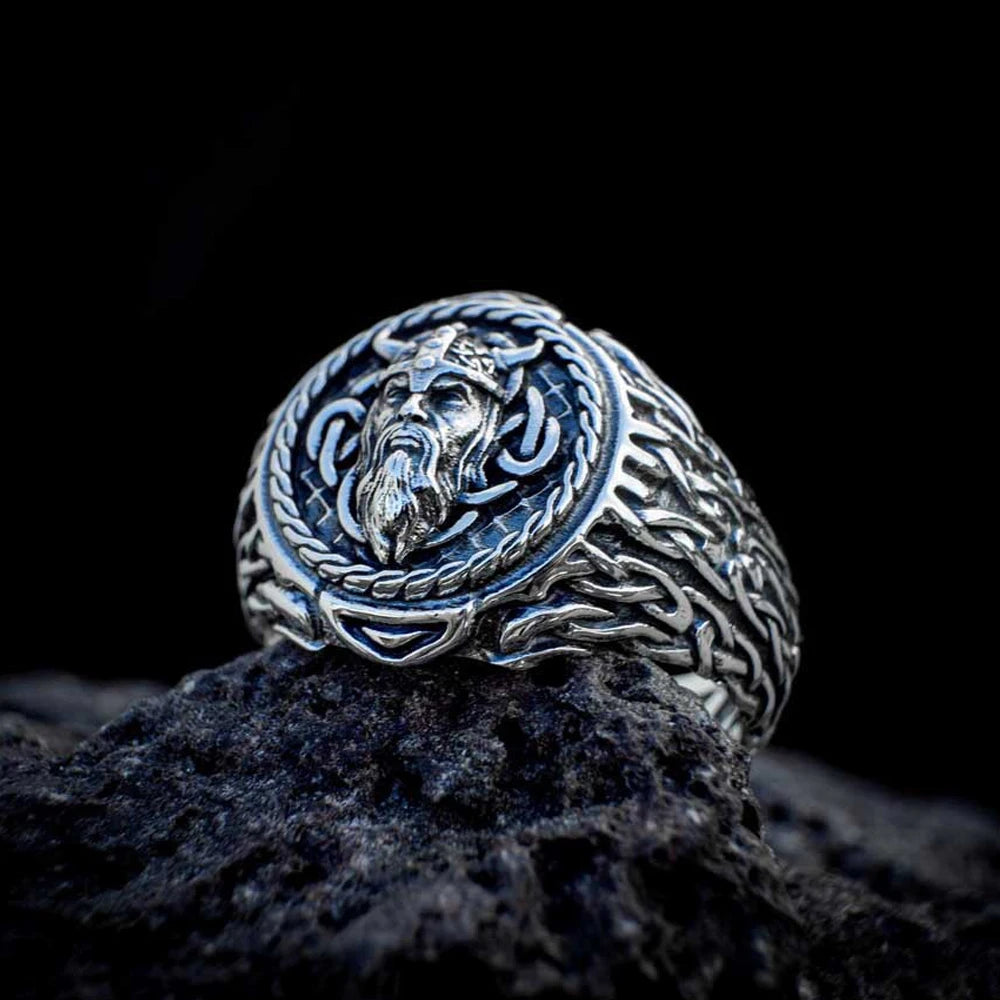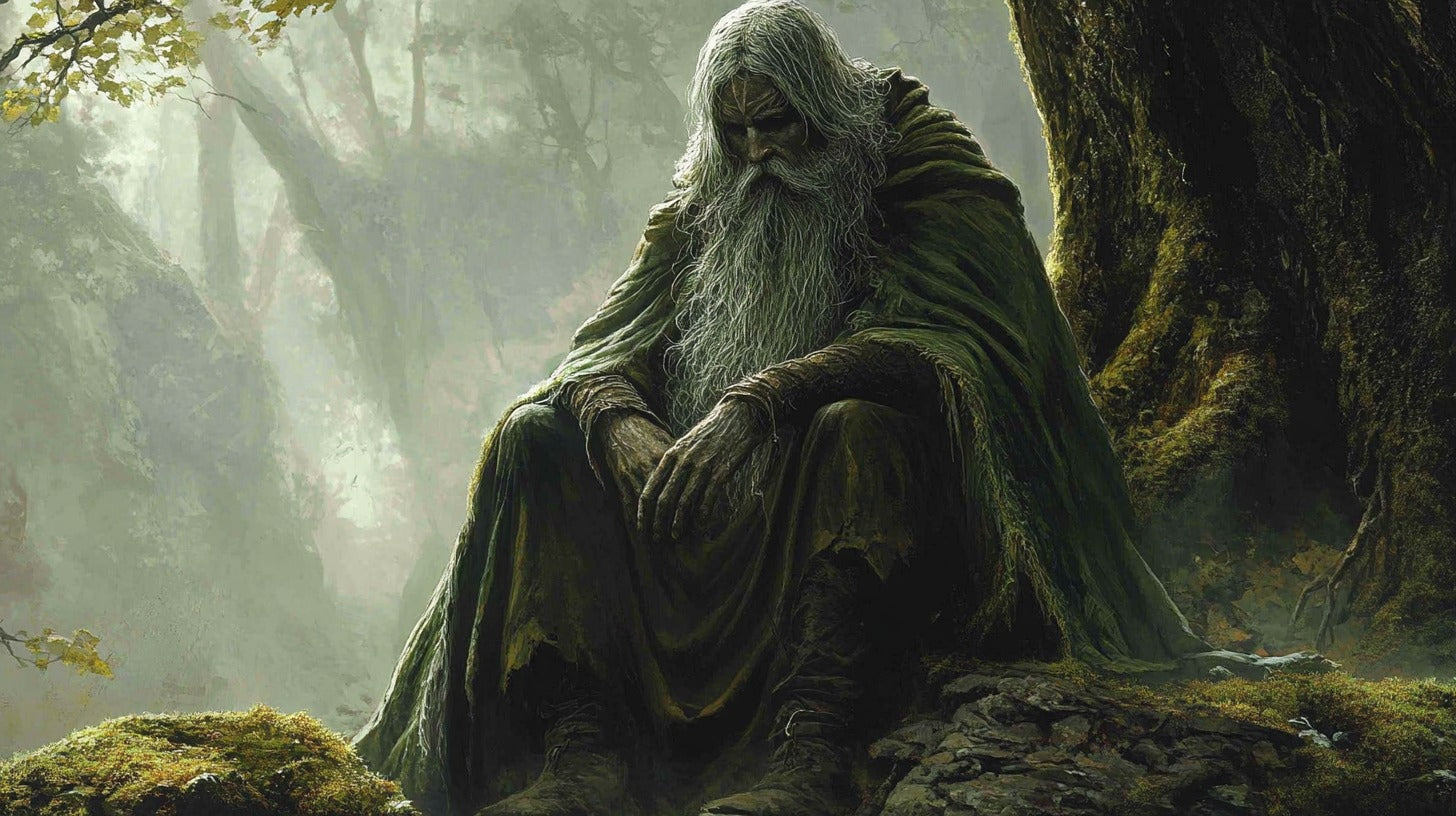
The Dagda: A Comprehensive Exploration of the Good God of Irish Mythology
The Dagda, often referred to as "The Good God", is one of the most prominent and multifaceted figures in Irish mythology. Central to the mythological cycle of the Tuatha Dé Danann, the Dagda is revered as a father-figure, warrior, and master of abundance and wisdom. His character embodies the complexity of Celtic deities, often combining immense power with earthy humor and human-like flaws. This article delves into the Dagda’s origins, attributes, and role within the rich tapestry of Irish mythological tradition.
Who is the Dagda?
The Dagda’s name translates to "The Good God," but this title refers to his versatility and mastery of many skills rather than moral goodness. He is a deity associated with fertility, agriculture, druidry, and protection, often depicted as a figure of immense physical strength and supernatural ability. His prominent role in Irish mythology is as a leader and protector of the Tuatha Dé Danann, a race of deities and magical beings in Celtic lore.
The Dagda's epithets, such as Eochaid Ollathair (meaning "All-Father") and Ruad Rofhessa ("Lord of Great Knowledge"), highlight his role as a patriarch and a keeper of profound wisdom. He is both a creator and a destroyer, embodying the cyclical nature of life and death.
Attributes and Symbols
The Gundestrup Cauldron, a richly decorated silver vessel from the 2nd or 1st century BCE, depicts scenes of ritual, mythology, and deities, providing insights into Iron Age European beliefs. (Photo: Rosemania CC BY 2.0).
The Cauldron of Plenty
The Dagda possesses the Coire Anseasc, or Cauldron of Plenty, one of the four magical treasures brought by the Tuatha Dé Danann from their mythical cities. This cauldron is said to provide an inexhaustible supply of food, symbolizing abundance and hospitality.
The Club of Life and Death
Another of his iconic possessions is his massive club (lorg mór), capable of killing with one end and resurrecting with the other. This duality underscores the Dagda's role as both a harbinger of life and a wielder of death.
The Harp of Seasons
The Dagda is also the keeper of the magical harp (Uaithne), which controls the seasons and the order of the world. With its music, the Dagda could influence emotions and bring harmony or chaos.
The Dagda’s Role in Mythology

Celtic Knot Thor's Hammer Mjölnir Amulet
The Tuatha Dé Danann
As a chief of the Tuatha Dé Danann, the Dagda played a central role in their conflicts and triumphs. His leadership during the battles against the Fomorians, a race of chaotic and destructive beings, showcases his strategic mind and immense power.
In the Cath Maige Tuired (The Second Battle of Mag Tuired), the Dagda acts as a diplomat and warrior, negotiating with the Fomorians and ensuring the survival of his people. Despite his humorous and earthy portrayal, these myths emphasize his essential role in maintaining balance and order.
Romantic and Familial Ties
The Dagda’s relationships further define his character. He is the father of several significant deities, including Brigid, Aengus, and Bodb Derg. His union with Boann, the goddess of the River Boyne, is emblematic of his role in fertility and abundance. In addition, his relationship with the Morrígan, the goddess of war and sovereignty, reflects the Dagda’s link to both life and death.
Humor and Earthiness
While the Dagda is a figure of immense power, he is also portrayed with a hearty, earthy humor. In some myths, his voracious appetite and unrefined demeanor serve to humanize him, making him relatable to the people who worshipped him.
The Dagda in Modern Culture
The Dagda’s influence extends far beyond ancient myths. As a symbol of wisdom, abundance, and leadership, he continues to inspire modern interpretations in literature, art, and neo-pagan spirituality. The Dagda is revered in modern Druidry and Celtic reconstructionist traditions as a model of balance, combining strength with wisdom and authority with humility.
The Dagda, with his unparalleled wisdom, magical treasures, and enduring humanity, embodies the essence of Irish mythology. His tales remind us of the interconnectedness of life and death, abundance and loss, and wisdom and humor. As a protector, leader, and symbol of balance, the Dagda remains a central figure in the Celtic pantheon and a testament to the richness of Ireland’s mythological heritage.

Frequently Asked Questions (FAQs)
- What does the name Dagda mean?
The name "Dagda" translates to "The Good God," highlighting his mastery of many skills rather than moral virtue.
- What are the Dagda’s key symbols?
His primary symbols include the Cauldron of Plenty, the Club of Life and Death, and the Harp of Seasons.
- Who were the Dagda’s children?
The Dagda fathered notable deities such as Brigid, Aengus, and Bodb Derg.
- What role does the Dagda play in the Tuatha Dé Danann?
As a leader and protector, he ensures the survival of his people and maintains balance in their world.
- How is the Dagda viewed today?
The Dagda is celebrated in modern Druidry and Celtic spirituality as a symbol of wisdom, strength, and abundance.

